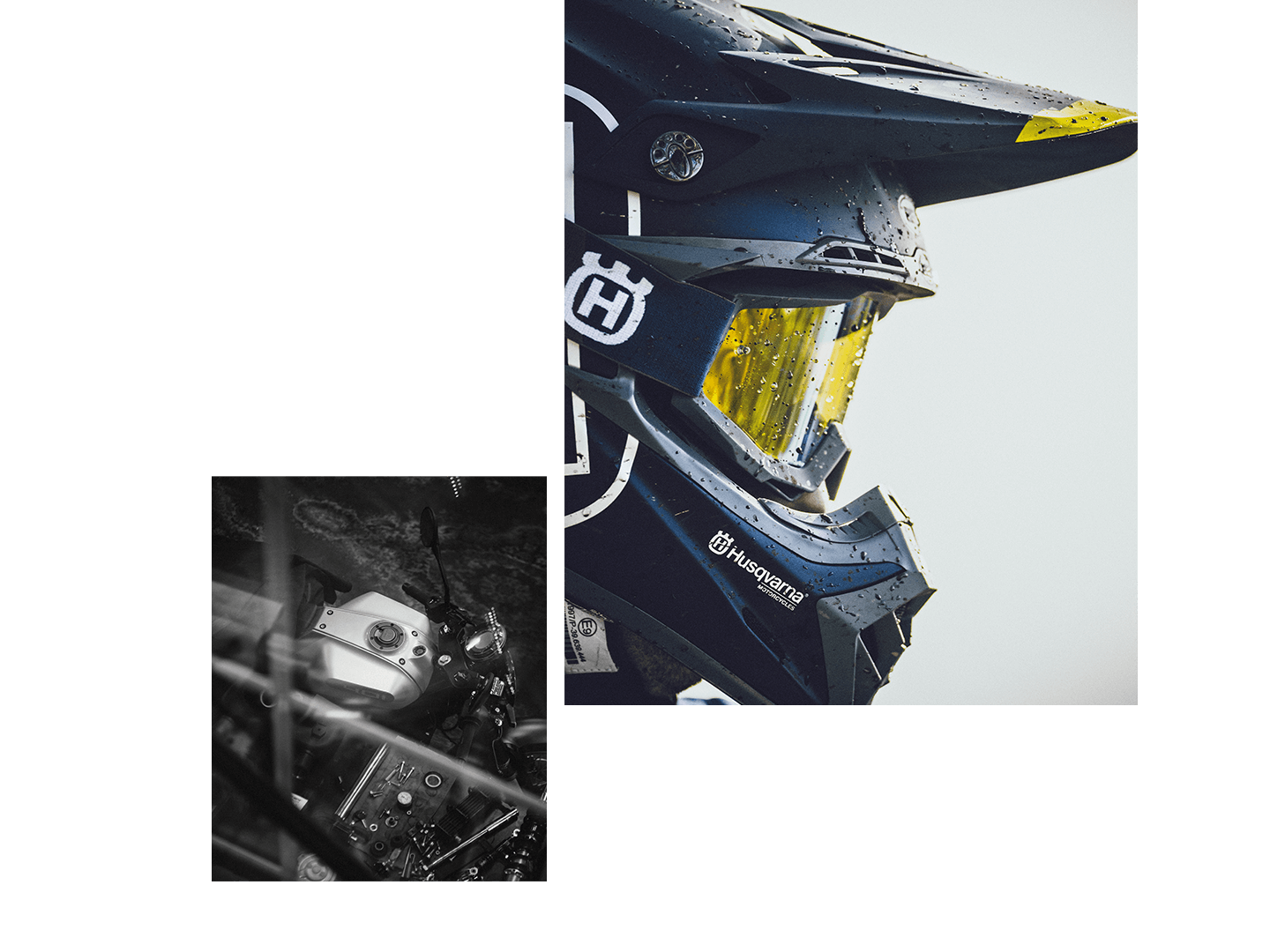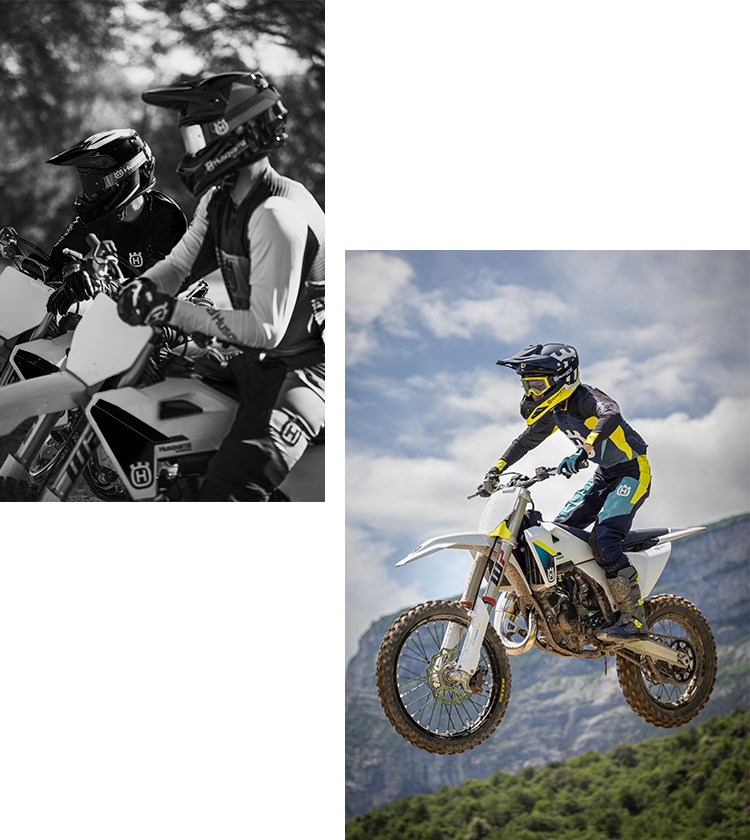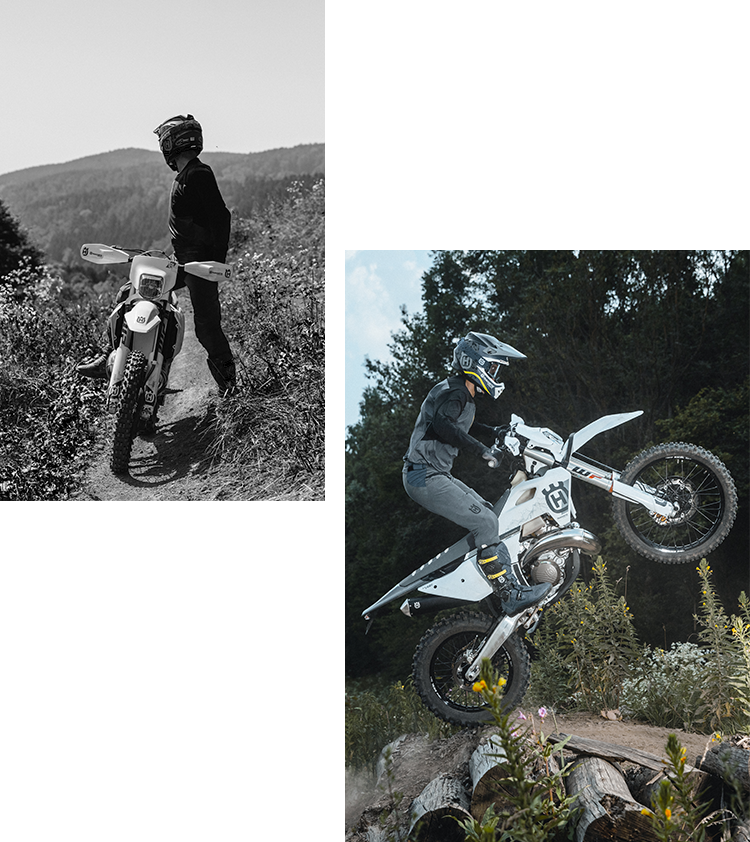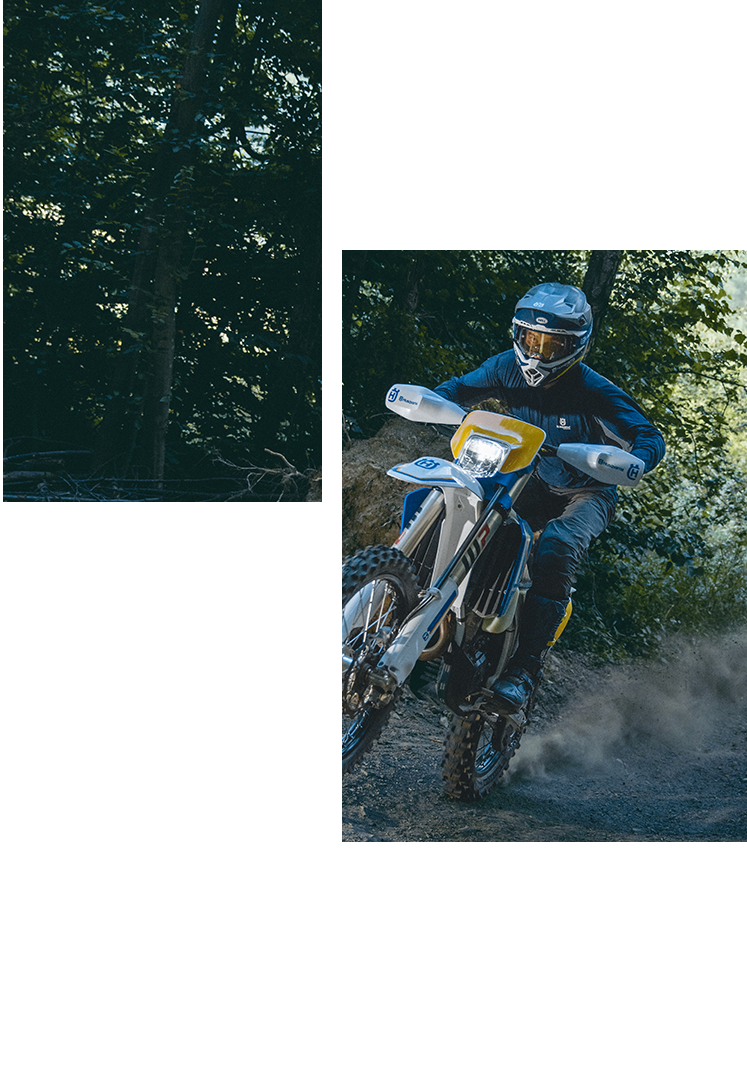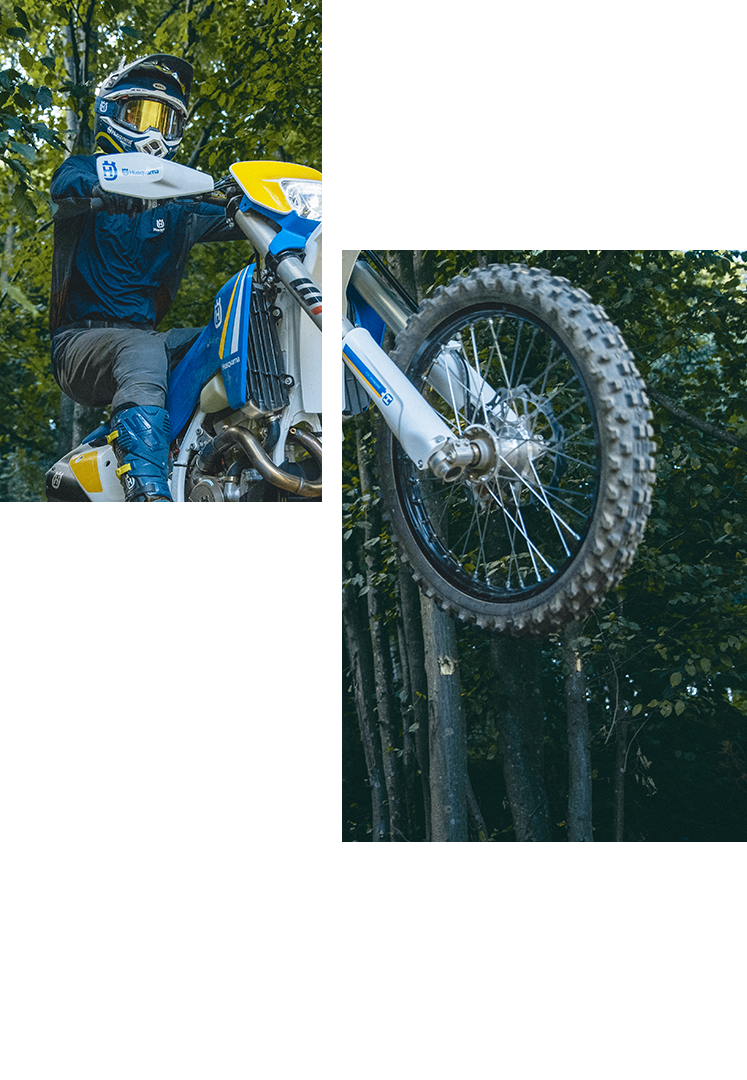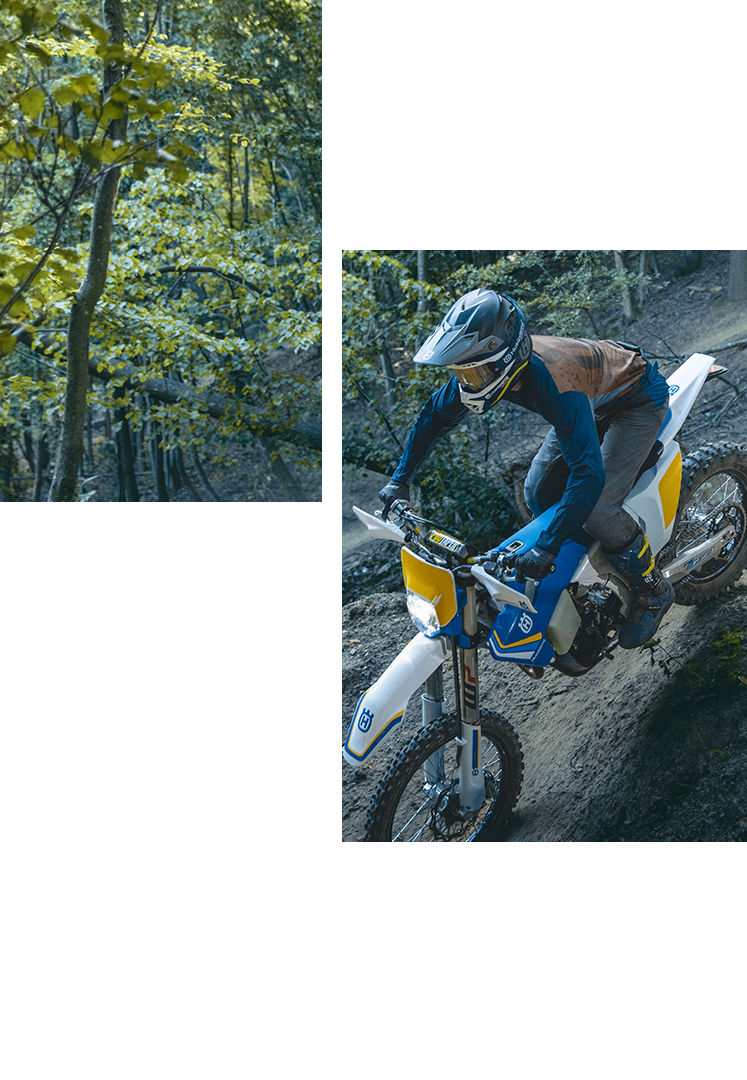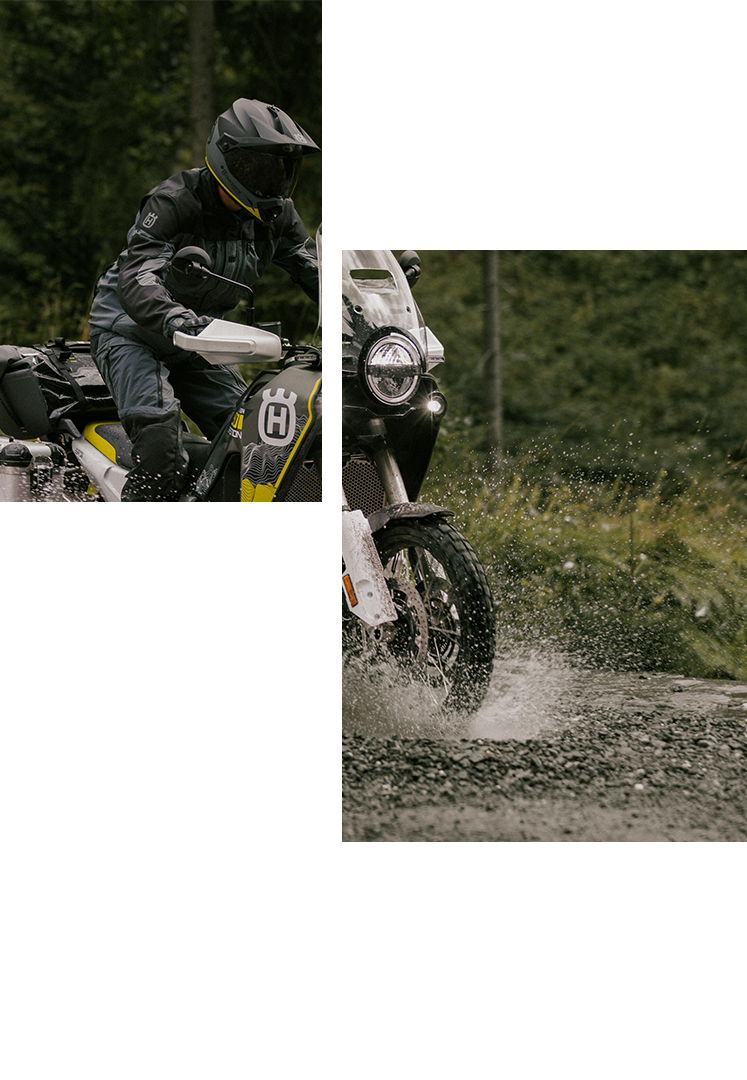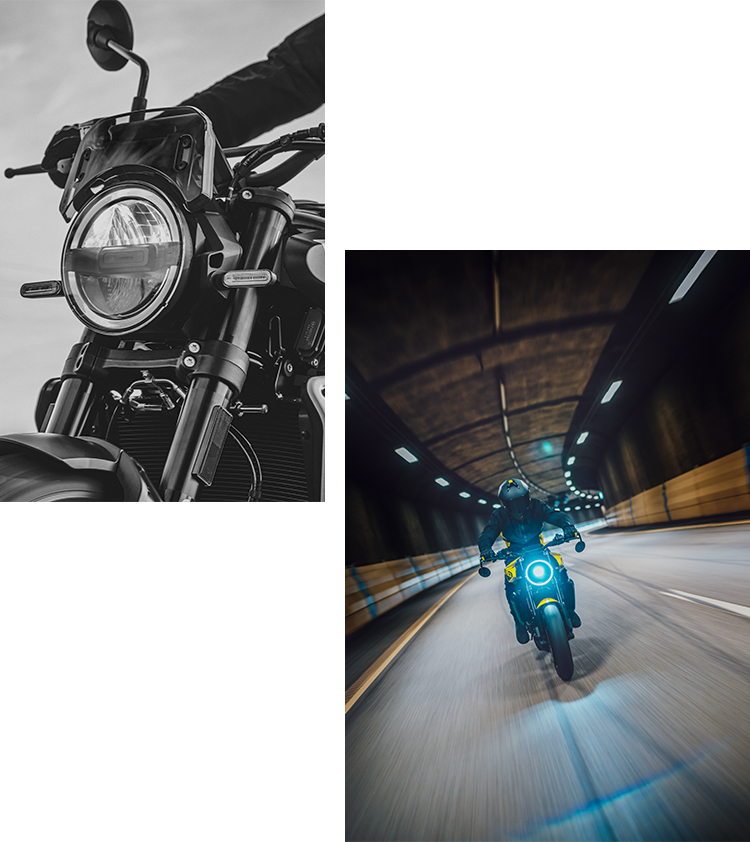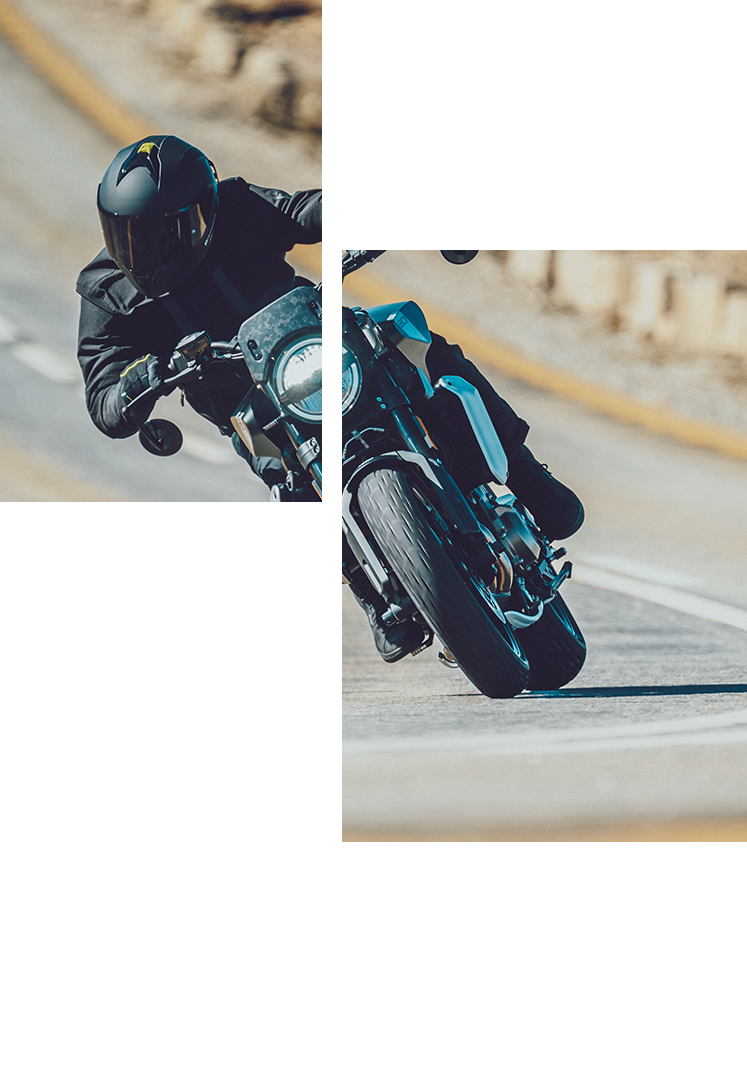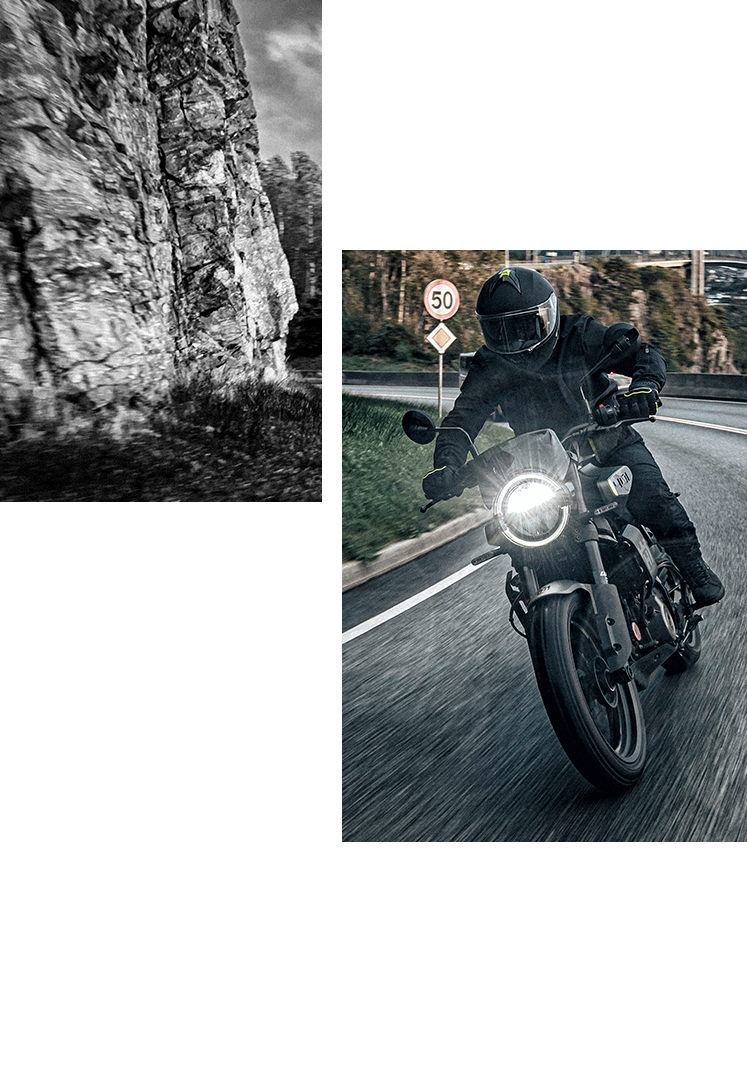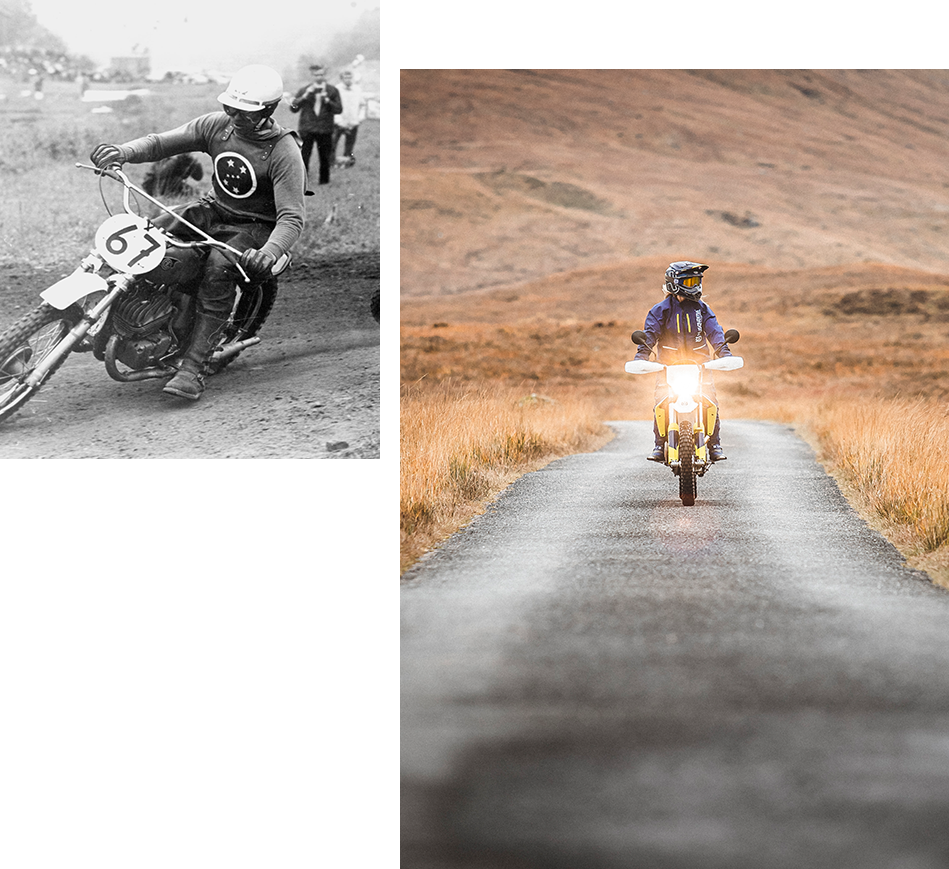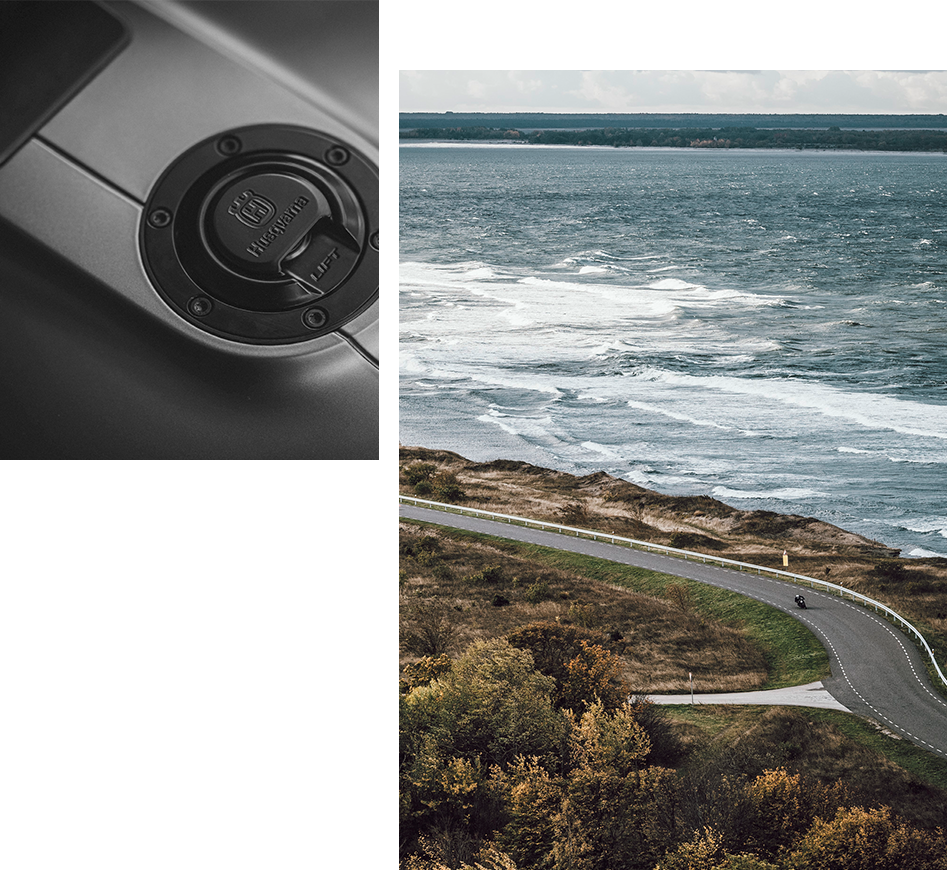In the legendary "Black-Mill" Husqvarna produced a 118 cc engine with model identification 24. The single-cylinder, 2-stroke power unit had a three-speed gearbox. The song from the exhaust pipe was well recognized from the loud knocking sound that arose from the piston bolt. It had been launched in 1939, but the war soon stopped production, so it took a few years until the cogs started turning again.
Husqvarna sales started racing after the war. In 1946 they already delivered more than two thousand vehicles and the following year it was up to five thousand. Even though the margins for each unit were slim, the light-weight machines positively contributed to the profits to the factory's financial status. From model 24 to model 30, there were 70,000 happy owners. In a Husqvarna advertisement it was announced that four versions of the 120 cc were available, the most expensive 30 Sport costing 1,618 Swedish Kronor (approx. 320 US dollars). And the catalogue now offered a red version, properly named the Red-Mill. In the end the engine capacity increased to 125 cc and there was also a Blue-Mill outfit. The last model 32 was introduced in 1957 as model 32 Sport, giving an output of 6 HP. It has been calculated that close to 100,000 units were sold from 1939 to 1959.
The next progress came with Husqvarna's "Dream Machine" that was presented in 1952. Model 281 was colourful and had a little carry-over from the Black and Red-Mill models. "Drömbagen" - in Swedish - had a new 175 cc engine, designed by Olle Edlund. He developed a reliable 2-stroke power source, which turned out to be unbreakable - lifelong. The power package had a performance of 7.5 HP at 5,000 rpm. This motorcycle offered young people an affordable transport alternative and the bike was successful from the start. The Dream Machine weighed 100 kgs, capable of running at a top speed of around 100 km/h. Sales started in the spring of 1953 and the bike cost approximately 2,000 Kronor (around 400 US dollars). The production lasted over six years, during which time Husqvarna managed to wring out more than 6,000 units. There were actually two models of the Dream Machine – the Tourist model and a Sports version, with dual exhaust and more power. Both were supplied with a three-speed gearbox.
